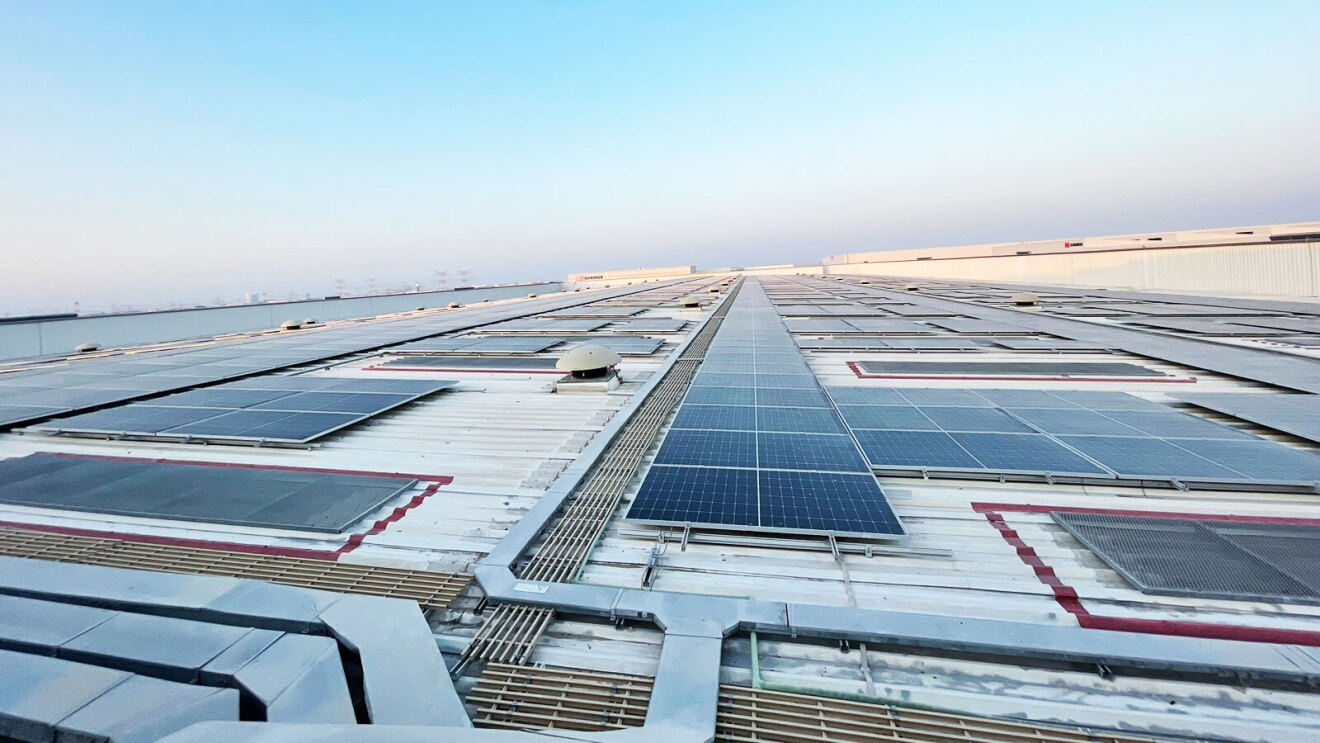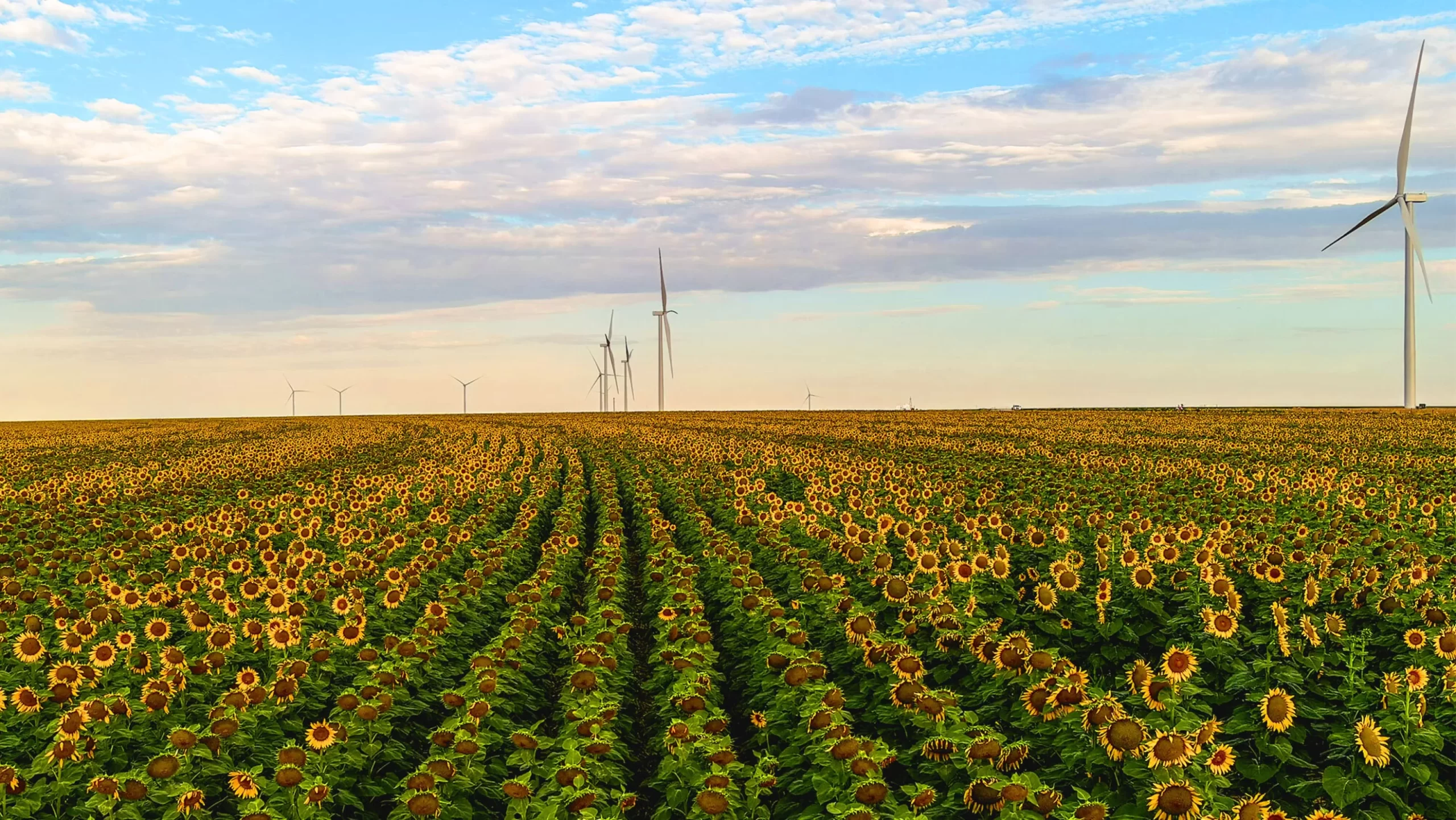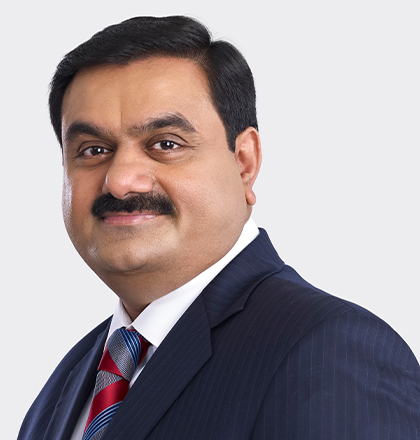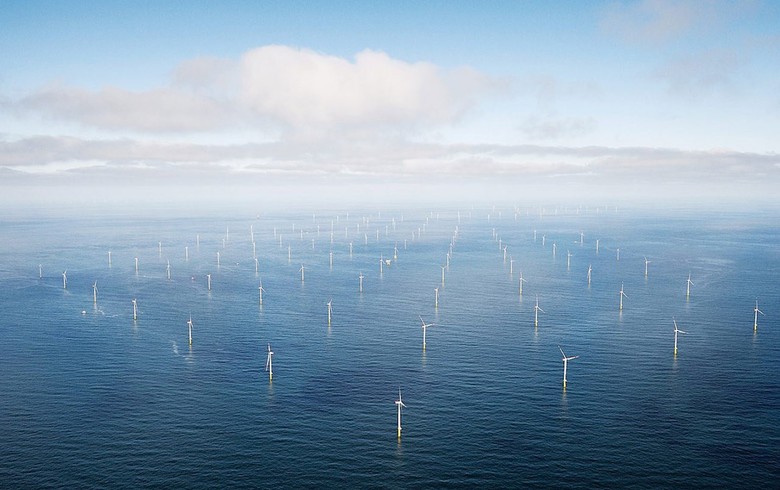Amazon has announced that in 2022, it grew its renewable energy capacity by 8.3 gigawatts (GW) through 133 new projects in 11 countries. This brings Amazon’s total portfolio to more than 20 GW—that could generate the amount of energy to power 5.3 million U.S. homes—across 401 renewable energy projects in 22 countries.
The company’s renewable energy purchases continue to add new wind and solar projects on the grids that power Amazon’s operations, including Amazon Web Services (AWS) data centers, Amazon fulfillment centers, and physical stores around the world.
With these continued investments, Amazon set a new corporate record for the most renewable energy announced by a single company in one year. The company remains the largest corporate buyer of renewable energy—a position it’s held since 2020, according to Bloomberg New Energy Finance. Amazon’s continued investment in renewable energy helps to accelerate growth in new regions through innovative deal structures, technologies, and cloud solutions.
These purchases also bring Amazon closer to powering its operations with 100% renewable energy by 2025—five years ahead of its original 2030 target. In 2022, the company announced new projects in Australia, Canada, Finland, France, Germany, Japan, Poland, Singapore, Spain, and the U.S., and broke ground on projects in Brazil, India, and Indonesia.
With 25 new renewable energy projects secured to close out the year, the company now has 401 projects globally, including 164 wind farms and solar farms, and 237 rooftop solar projects on Amazon facilities. Once operational, Amazon’s global renewable energy projects are expected to generate 56,881 gigawatt-hours (GWh) of clean energy each year.
Amazon has announced nine new utility-scale wind and solar energy projects in North America and Europe, making it the largest corporate buyer of renewable energy in the world.
The company now has a total of 206 renewable energy projects globally, including 71 utility-scale wind and solar projects, and 135 solar rooftops on facilities and stores worldwide. With 8.5 gigawatts of electricity production capacity globally to date, Amazon is on a path to 100% renewable energy by 2025, five years ahead of the original target of 2030.
Amazon has become the largest corporate purchaser of renewable energy in Europe, with more than 2.5 gigawatts of renewable energy capacity—enough to power more than 2 million European homes a year.
The latest utility-scale renewable energy projects are in the U.S., Canada, Spain, Sweden, and the UK. These, and Amazon’s other projects, supply renewable energy to Amazon’s corporate offices, fulfillment centers, Whole Foods Market stores, and Amazon Web Services (AWS) data centers, which power Amazon and millions of AWS customers globally. The renewable energy from these projects also helps Amazon meet its commitment to produce the clean energy equivalent of the electricity used by all consumer Echo devices.
“Amazon continues to scale up its investments in renewable energy as part of its effort to meet The Climate Pledge, our commitment to be net-zero carbon by 2040,” said Jeff Bezos, Amazon founder and CEO. “With these nine new wind and solar projects, we have announced 206 renewable wind and solar projects worldwide, and we are now the largest corporate buyer of renewable energy in Europe and globally. Many parts of our business are already operating on renewable energy, and we expect to power all of Amazon with renewable energy by 2025—five years ahead of our original target of 2030.”

“As we continue to launch new renewable energy projects around the world, we’re pleased to be on track to power our operations with 100% renewable energy, five years ahead of our original target. With 133 projects in 11 countries announced in 2022, Amazon had another record year,” said Adam Selipsky, CEO of AWS. “These projects highlight the diversity of our renewable energy sources and showcase our ability to bring new technologies to new markets and further reduce the impacts of climate change.”






